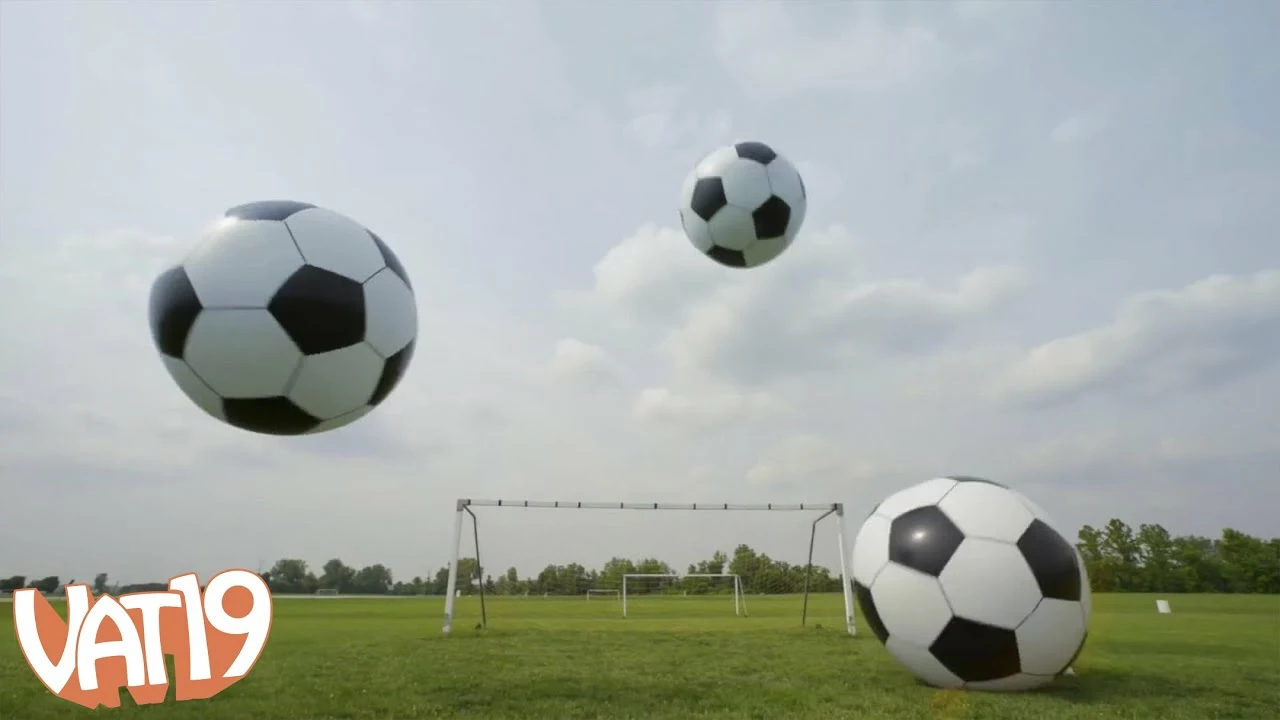Soccer Ball 101: Pick, Use, and Keep Your Ball in Top Shape
Whether you’re kicking around in the park or playing a league match, the right soccer ball makes a huge difference. It’s not just a round object – its size, material, and construction affect how it rolls, how far you can strike it, and how long it lasts. Below is a quick rundown that’ll help you grab the perfect ball for any situation.
Official Sizes and When You Need Them
FIFA sets three main sizes. Size 5 is the standard for adults and senior competitions – it’s 27‑28 inches in circumference and weighs 14‑16 ounces. Size 4 is used for youth players aged 8‑12, while Size 3 fits kids under 8 and indoor five‑a‑side games. If you’re buying for a team, match the age group to the size; it keeps the game fair and fun.
Materials: Leather vs. Synthetic vs. Hybrid
Traditional leather balls feel soft and absorb impact, but they soak up water and need extra care. Modern synthetic (polyurethane or PVC) balls stay dry, are lighter, and last longer, making them the go‑to for most clubs. Hybrid balls combine a leather‑like cover with a synthetic backing, giving a good touch without the water‑logging headache. Your choice depends on where you play – wet fields favor synthetics, while a premium leather ball shines on a dry, well‑maintained pitch.
Beyond the cover, look at the panel design. Classic 32‑panel balls have a timeless look and even flight, while newer 6‑ or 8‑panel designs reduce seams for a smoother surface and more predictable swing. Players who love a predictable curve often gravitate toward the fewer‑panel options.
Inflation matters, too. The pressure range is printed on the ball – usually 8.5‑15.5 psi. Too soft and the ball feels “mushy,” too hard and it can bounce erratically. A quick hand‑pump with a pressure gauge keeps the ball in the sweet spot.
Maintenance is simple but essential. After a game, wipe the ball with a dry cloth to remove mud and sweat. If it’s a leather ball, apply a light leather conditioner once a month to keep the material supple. Store the ball in a cool, dry place away from direct sunlight; heat can warp the bladder and shrink the cover.If you notice a bulge, a split seam, or the ball losing pressure quickly, it’s time for a replacement. Even the best balls lose their bounce after months of heavy use, so keep a spare on hand for practice sessions.
When you’re shopping, consider a few extra features: a textured surface for better grip in wet conditions, a built‑in valve that’s easy to inflate, and a brand reputation for consistency. Popular names like Adidas, Nike, and Puma all meet FIFA standards, but some boutique brands offer unique designs that stand out on the field.
For training, many coaches recommend a slightly heavier ball (often called a “training ball”) to strengthen touch and passing accuracy. Use the standard match ball for games and a training ball for drills – the difference helps players adapt to varying speeds and weight.
Finally, think about the game’s environment. Indoor futsal uses a smaller, low‑bounce ball (Size 4, lower pressure) to keep play fast and safe on hard courts. Outdoor grass or turf needs a ball with a textured outer layer for grip. Matching ball type to surface reduces the risk of injury and keeps the game flowing.
In short, pick the right size, choose a material that fits your weather and playing surface, keep it properly inflated, and give it a quick clean after each use. Follow these basics and your soccer ball will serve you well for seasons to come.

Will a soccer ball go farther filled with helium or air?
This article will explore whether a soccer ball will travel farther when filled with helium or air. In order to understand the answer, it's important to consider the properties of helium and air, and how each affects the ball's flight. Helium is a lighter gas than air, which means it will provide less resistance and help the ball to move more quickly. On the other hand, air is denser and will provide more resistance, slowing the ball's flight. Therefore, a soccer ball filled with helium will generally travel farther than a soccer ball filled with air. It is also important to consider the environment in which the soccer ball is released. If air is still and the ball is released in a windless environment, the ball filled with helium will have an even greater advantage and may be able to travel even farther.
View More